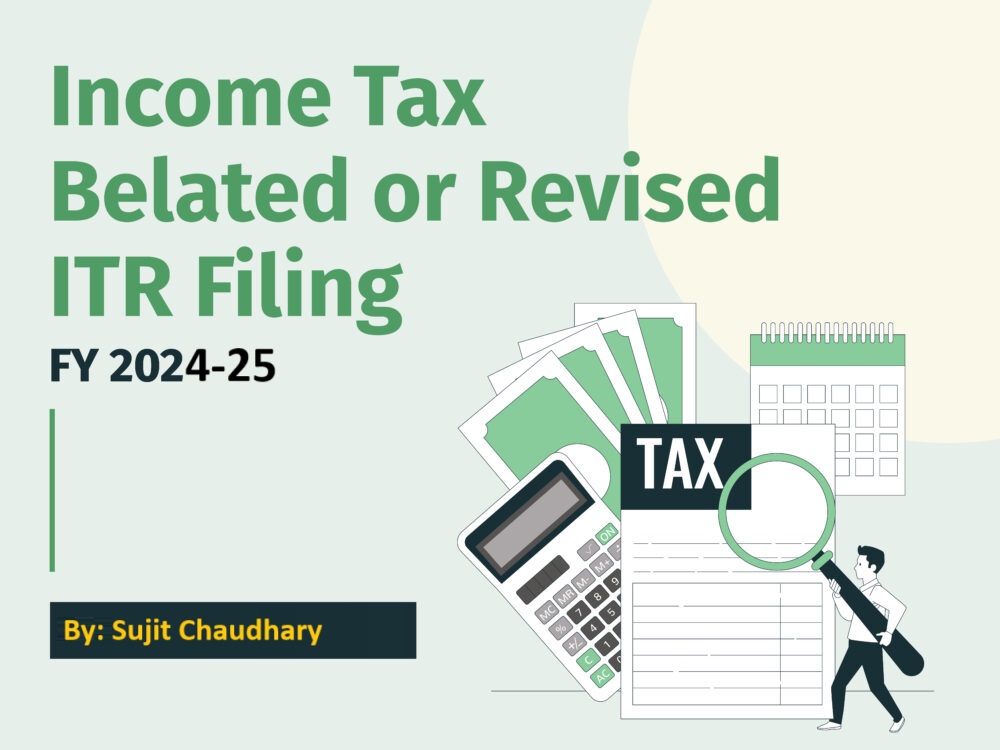The Goods and Services Tax (GST) is a comprehensive indirect tax levied on the supply of goods and services across India. It serves as a significant source of revenue for both the central and state governments. Understanding the government’s income from GST involves distinguishing between gross and net collections and comprehending the calculation methods involved.
Gross GST Collection
Gross GST collection refers to the total revenue amassed from GST before any deductions. This includes collections from:
Central GST (CGST): Tax levied by the Central Government on intra-state supplies.
State GST (SGST): Tax levied by State Governments on intra-state supplies.
Integrated GST (IGST): Tax on inter-state supplies and imports, shared between the Central and State Governments.
GST Compensation Cess: Additional cess on certain items to compensate states for revenue losses due to GST implementation.
For instance, in December 2024, India’s gross GST revenue was ₹1.77 trillion, marking a 7.3% increase compared to the same month in the previous year.
Net GST Collection
Net GST collection is derived by subtracting refunds and input tax credits (ITC) from the gross GST revenue. ITC allows businesses to reduce their tax liability by claiming credit for taxes paid on inputs. The formula is:
**Net GST = Gross GST – (Refunds + ITC)
For example, in May 2024, after accounting for refunds, the net GST revenue stood at ₹1.44 trillion, reflecting a 6.9% growth compared to the same period last year.
Calculation of GST Collections
The calculation of GST collections involves several steps:
- Taxable Event Identification: Determining the occurrence of a taxable event, such as the supply of goods or services.
- Valuation: Assessing the transaction value on which GST is applicable.
- Tax Rate Application: Applying the appropriate GST rate, which varies based on the goods or services supplied.
- Input Tax Credit Adjustment: Allowing businesses to claim credit for taxes paid on inputs, thereby reducing the tax payable on outputs.
- Refunds Processing: Accounting for any refunds issued, which are deducted from the gross GST to determine the net collection.
It’s important to note that GST rates in India are categorized into five slabs: 0%, 5%, 12%, 18%, and 28%. The applicable rate depends on the specific goods or services. Additionally, the GST Council periodically reviews and updates these rates and policies to address economic needs and industry concerns.
For detailed and up-to-date information on GST collections and policies, refer to the Goods and Services Tax Council’s official website.


